In contemporary
occultism, evocation continues to be a dynamic and evolving practice. Some notable traditions and individuals who engage in evocation include:
•
Thelema:
Thelemites, followers of
Aleister Crowley's Thelemic system, may engage in
ceremonial magick rituals involving evocation to communicate with specific entities, such as angels or spirits.
•
Chaos Magick:
Chaos magicians may adopt flexible and eclectic evocation techniques, often tailored to their personal will and intent.
•
Wicca and
Paganism: Some modern
Wiccans and
neopagans may incorporate evocation into their rituals, connecting with deities,
elementals, or ancestral spirits.
• Contemporary
Grimoires: Contemporary
occult authors, such as Frater U∴D∴, have published
grimoires that include instructions for evoking entities, expanding upon traditional practices.
Evocation, with its rich history and dynamic techniques, remains a powerful and enduring aspect of
occult practices. Whether it is performed within the context of
ceremonial magick,
chaos magick, or modern
pagan and
Wiccan traditions, evocation serves as a means to engage with the supernatural, unlock hidden knowledge, seek guidance, or gain assistance from otherworldly entities. As the contemporary
occult landscape continues to evolve, the art of evocation remains a vital and transformative tool for practitioners seeking to bridge the gap between the mundane and the mysterious, accessing the wisdom and power of entities from beyond the physical world.


